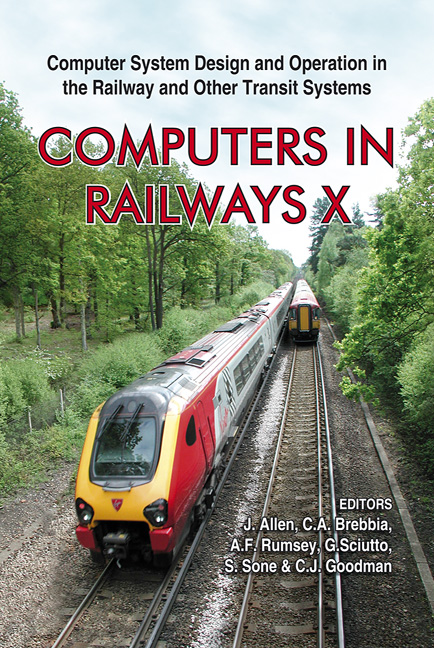Investigation Into The Computational Techniques Of Power System Modelling For A DC Railway
Price
Free (open access)
Transaction
Volume
88
Pages
11
Published
2006
Size
450 kb
Paper DOI
10.2495/CR060721
Copyright
WIT Press
Author(s)
A. Finlayson, C. J. Goodman & R. D. White
Abstract
The use of computer simulation techniques is now a fundamental part of the design process for electrified railways and at the feasibility stage clients will often request detailed calculations to be performed for the basic design. This will establish a level of confidence in both the project and basic design parameters that will justify the capital expenditure further on in the project life-cycle. This paper will address how the total impedance of a railway network may be represented, where the impedances of the traction return circuit and traction power system are either combined together to form one impedance or studied independent of one another. The accuracy of the modelling in this manner, particularly how it affects the accuracy of rail voltage results shall be assessed. It will also examine how much impedance is typically in the rails and what proportion this needs to be before it has an unacceptable effect on the numerical results. To assess this, a range of proportions will be studied, for example 70% of the total impedance to be modelled in the conductor with 30% modelled in the rails, 60%/40%, etc. In this way, a proper scientific assessment of the combined or split calculation methods can be made via simplified case studies. Keywords: DC railway, modelling, simulation, computational techniques, accuracy, numerical method, rail voltage, stray current. 1 Introduction DC electrified railway systems across the world are growing, both in passenger and freight traffic, as an alternative solution to increasing road congestion. DC electrified railways account for approximately 50% of electrified railway lines throughout the world [1]. This growth may be in the form of new build railway
Keywords
DC railway, modelling, simulation, computational techniques, accuracy, numerical method, rail voltage, stray current.





